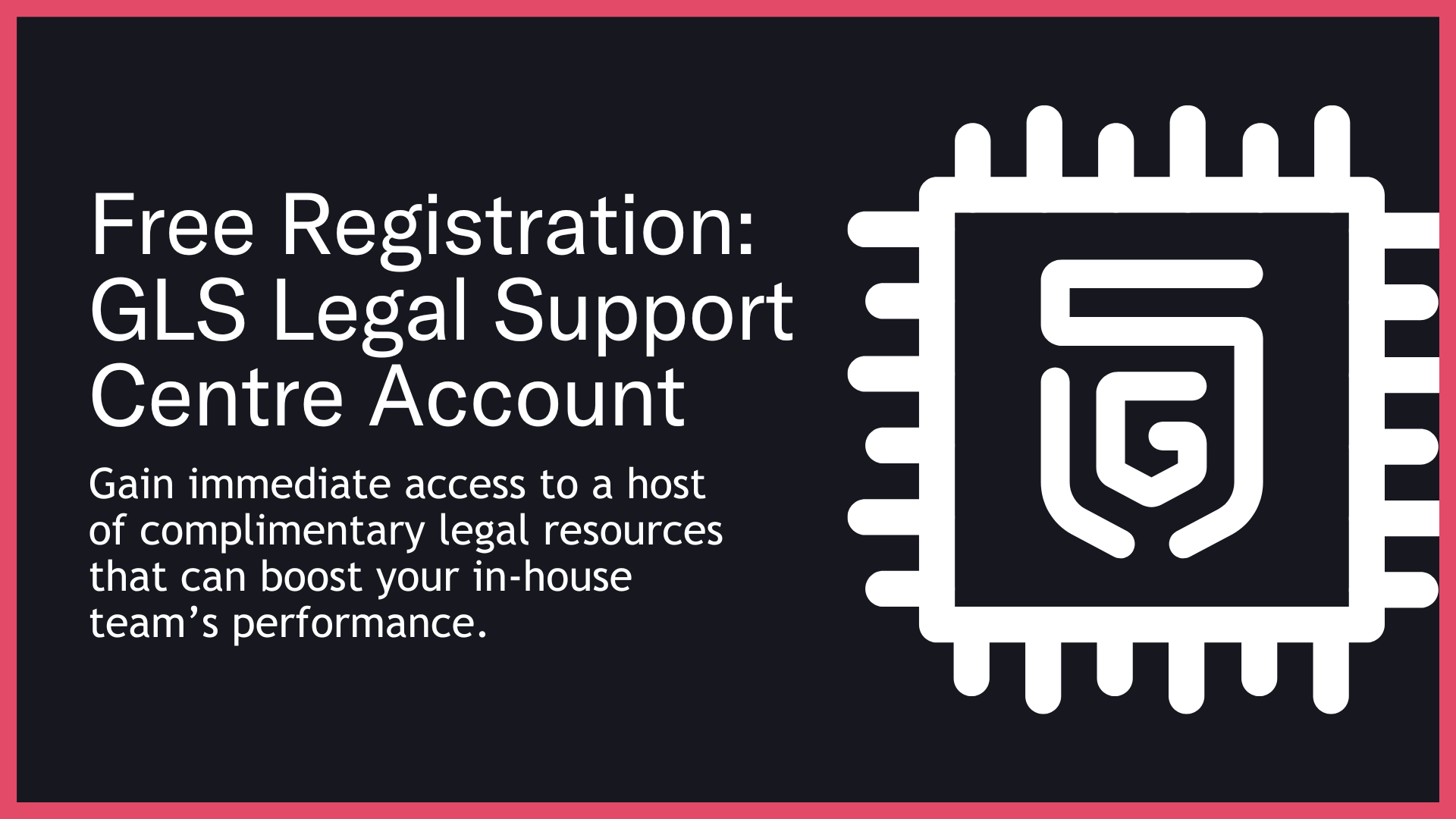GLS Legal Support Centre
Legal Made Easy For Startups
Back
Marketing Guidelines
02What Are Marketing Guidelines?
03Why This Is Important
04Consequences of Not Addressing This Issue
05What You Should Be Doing
06Balancing Legal Priorities and The Need to Launch Fast
07How These Risks Can Play Out
08Key Legal Definitions Related to This Issue
09Final Thoughts
010How GLS Can Help You
Introduction
“Without clear guidelines, your marketing becomes a game of brand roulette.” – Matt Glynn
Marketing guidelines define how your brand presents itself to the world - from your logo placement to how you use customer testimonials. For a startup, they’re not a “nice-to-have”; they’re the framework that keeps your marketing consistent, compliant, and effective.
What Are Marketing Guidelines?
What are marketing guidelines in a business?
They are a set of written standards covering the design, tone, content, and legal compliance of all marketing materials. They tell your team and partners how to use your brand’s marketing assets without damaging your reputation or breaking laws.
Typical elements include:
◼️Brand visuals: Logo, colour palette, fonts, imagery style.
◼️Tone of voice: How you speak to your audience.
◼️Legal rules: Advertising compliance, use of third-party IP, personal data rules.
◼️Channel-specific guidance: Social media, print, digital ads, events.
Why This Is Important
This is an important stage of the start-up journey because…
Why are marketing guidelines important for startups?
They help you grow fast without losing brand consistency or falling foul of legal obligations.
1. Brand consistency: Keeps your look and messaging uniform across all channels.
2. Legal compliance: Embeds rules for truth-in-advertising, copyright use, and personal data handling.
3. Third-party management: Guides agencies and contractors to avoid infringing others’ rights.
4. Reputation protection: Prevents off-brand or tone-deaf campaigns.
5. Efficiency: Saves time by reducing approval bottlenecks.
6. Employee onboarding: New hires learn the brand’s rules quickly.
7. Partner alignment: Affiliates and resellers stay on-message.
8.Risk reduction: Minimises regulatory, contractual, and IP disputes.
9.Investor confidence: Shows operational maturity.
10. Scalability: Makes it easier to maintain brand quality as you grow.
Consequences of Not Addressing This Issue
What happens if a startup has no marketing guidelines?
You risk inconsistent branding, mixed messages, regulatory breaches, and wasted marketing spend.
◼️Legal Implications – IP infringement, misleading advertising claims, data privacy violations.
◼️Founder Relationship Issues – Disagreements on brand tone or creative direction.
◼️Commercial Implications – Brand dilution, poor market positioning.
◼️Operational Implications – Increased rework and campaign delays.
◼️Biz Valuation Issues – Reduced buyer/investor confidence due to brand weakness.
The above lists are indicative issues – the relevance of which will depend on your circumstances…
What You Should Be Doing
How do you create effective marketing guidelines?
Combine creative direction with legal requirements to cover all bases.
1. Document Brand Standards – Logos, colours, fonts, tone of voice.
2. Include Legal Rules – Truth-in-advertising, IP usage, data protection.
3. Specify Asset Use – What can and can’t be done with your brand elements.
4. Cover Channel-Specific Rules – Social media, print, and digital marketing.
5. Embed Approval Processes – Sign-off steps for campaigns.
6. Update Regularly – Reflecting changes in brand or law.
7. Train Your Team – So everyone understands and applies the guidelines.
8. Share with Partners – Provide clear instructions for agencies and affiliates.
Balancing Legal Priorities and The Need to Launch Fast
Do startups really need formal guidelines in the early days?
Yes - even a one-page “brand and compliance cheat sheet” is better than nothing. Start small, focus on essentials, and expand as your operations grow. The absence of guidelines invites costly mistakes that could have been prevented with minimal effort.
How These Risks Can Play Out
1. Olympic Sponsor’s Brand Misuse
A global sports brand lost exclusive rights to use the Olympic logo in an ad campaign because a local partner used it without permission in breach of brand guidelines. The campaign was pulled, costing millions in lost exposure and damaging relations with the event organisers.
2. Small Retailer’s Copyright Clash
A startup clothing store unknowingly used unlicensed stock images in its social media ads. Without IP checks in its guidelines, the business was hit with infringement claims and had to settle for thousands of dollars - funds that could have gone into growth.
3. Tech Startup’s Tone-Deaf Tweet
A SaaS company tweeted a meme during a sensitive global event. Without social media conduct rules in its guidelines, the post caused backlash, forced a public apology, and led to several client cancellations, proving that one bad post can cost real revenue.
Final Thoughts
Why should startups integrate legal rules into marketing guidelines?
Because it’s far easier to avoid a problem than to fix one after it happens. Marketing guidelines are your brand’s insurance policy - protecting consistency, legal compliance, and public trust. Startups that combine creative freedom with a clear legal framework will grow faster, avoid unnecessary legal battles, and safeguard the value of their brand from day one.
How GLS Can Help You
GLS helps startups create marketing guidelines that are both creative and compliant:
1. Brand Asset Protection – Securing trademarks and copyrights.
2. Guideline Development – Combining creative direction with legal rules.
3. Advertising Compliance Checks – Embedding truth-in-advertising rules.
4. IP Usage Rules – Guidance on using licensed images, fonts, and third-party content.
5. Data Protection Integration – Embedding privacy compliance in marketing.
6. Social Media Protocols – Rules for online engagement.
7. Agency/Partner Alignment – Contracts to enforce brand guidelines.
8. Training Workshops – Educating staff and partners.
9. Guideline Updates – Keeping up with legal and brand changes.
10. Dispute Resolution – Managing breaches of brand rules.

